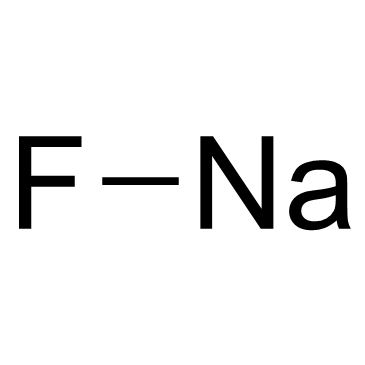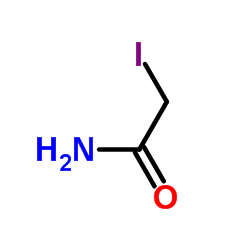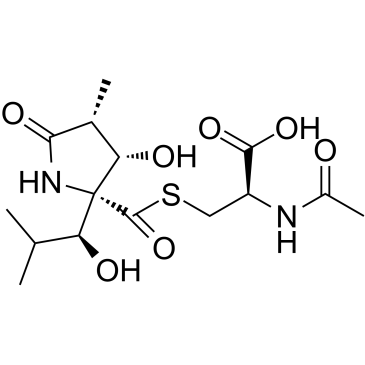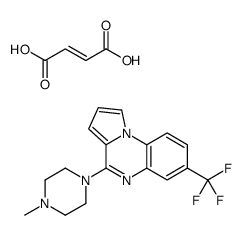| Structure | Name/CAS No. | Articles |
|---|---|---|
 |
Sodium Fluoride
CAS:7681-49-4 |
|
 |
sodium chloride
CAS:7647-14-5 |
|
 |
Acetone
CAS:67-64-1 |
|
 |
sodium dodecyl sulfate
CAS:151-21-3 |
|
 |
Iodoacetamide
CAS:144-48-9 |
|
 |
Sodium deoxycholate
CAS:302-95-4 |
|
 |
SODIUM CHLORIDE-35 CL
CAS:20510-55-8 |
|
 |
Lactacystin
CAS:133343-34-7 |
|
 |
Hydrocortisone
CAS:50-23-7 |
|
 |
CGS-12066 maleate
CAS:1350965-83-1 |